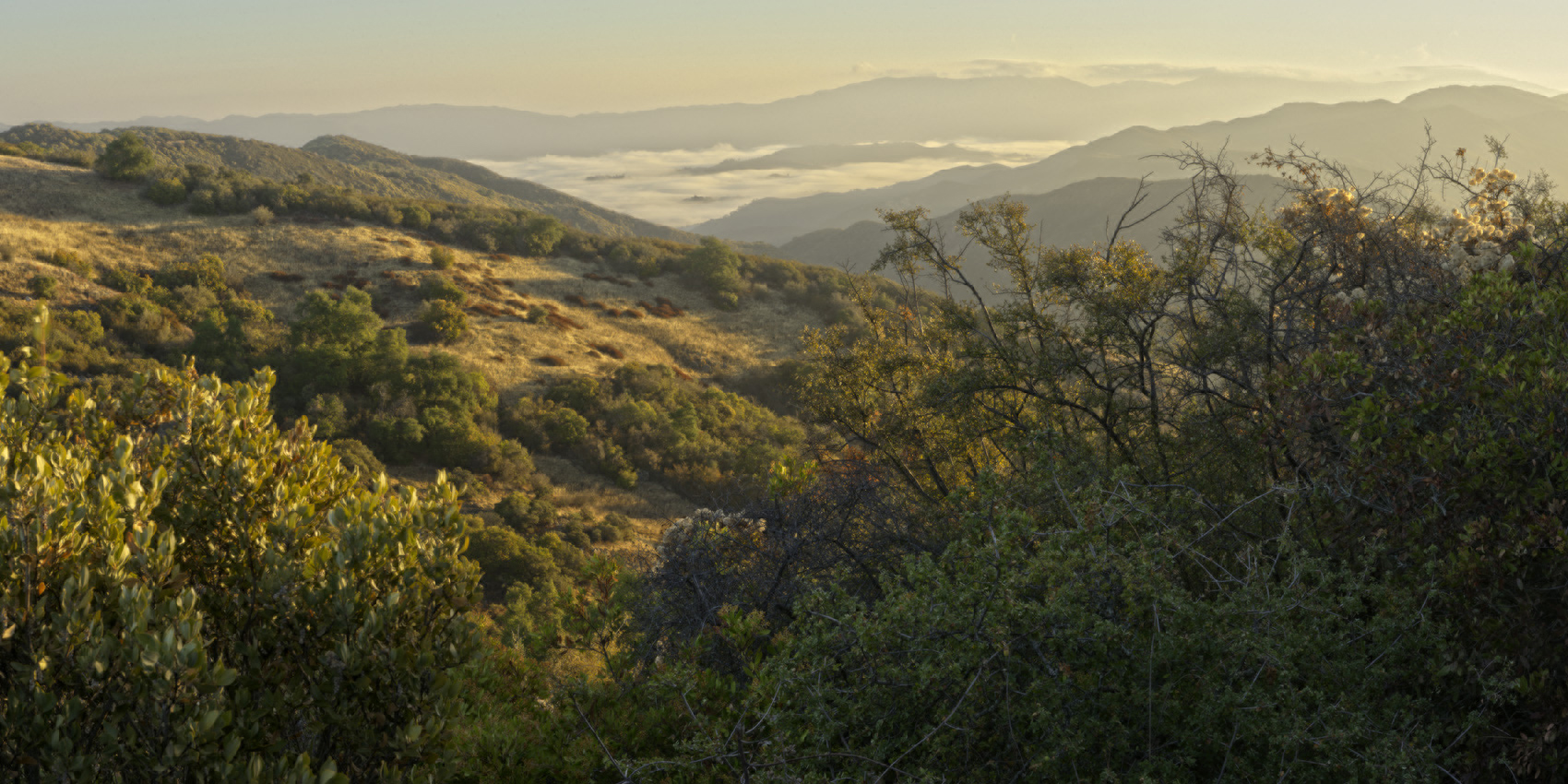Yesterday, Congresswoman Lois Capps announced the introduction of Central Coast Heritage Protection Act to the House (as H. R. 1865) which is co-sponsored by Rep. Julia Brownley and Rep. Sam Farr, whose districts also encompass portions of the Los Padres National Forest. This bill is announced alongside a partner bill introduced by Senator Barbara Boxer in the Senate (as S. 1423). These bills would would protect 245,665 acres of new and expanded wilderness in the Los Padres National Forest and the Carrizo Plain National Monument, strengthen protections for wild and scenic rivers, and designate a new national recreational trail stretching from Ventura to Carmel within the national forest.
“We are fortunate that the Central Coast is home to some of the most diverse habitats and ecosystems in North America – a national treasure right here in our own backyard,” Rep. Capps said. “Last week’s oil spill is a tragic reminder of how important these special places are to our community and we have a responsibility to protect them for future generations. This legislation promotes both responsible use and long term protection for these treasured public lands and I am so pleased to be reintroducing this important legislation in Congress.”
“The Central Coast has some of the most magnificent and pristine areas in the entire country,” Senator Boxer said. “I am proud to join Congresswoman Capps in introducing this bill, which will preserve nearly 250,000 acres of wild and beautiful lands so they can be enjoyed for generations to come.”
The legislation would expand and connect the existing network of wilderness areas in the southern Los Padres National Forest. It would also designate new scenic areas, wild and scenic rivers, a national recreational trail, and establish the first wilderness areas in the Carrizo Plain National Monument. See here for descriptions and photos of each area.
Specifically, the bill would:
- Designate 180,000 acres of wilderness adjacent to existing wilderness areas in the Los Padres National Forest, including the Sespe, Matilija, and Chumash wilderness areas in Ventura County, the Dick Smith and San Rafael wilderness areas in Santa Barbara County, and the Santa Lucia, Machesna Mountain, and Garcia wilderness areas in San Luis Obispo County.
- Propose an additional 41,000 acres adjacent to the San Rafael Wilderness Area in Santa Barbara County for future wilderness designation. The bill encourages the construction of a long-awaited connector trail that, once built, will restore historic public access to an existing network of trails in the Cuyama Valley. Once the trail is constructed, the forest land will automatically revert to wilderness.
- Designate 61,000 acres as wilderness in the Carrizo Plain National Monument, a vast landscape adjacent to the Los Padres National Forest in southeastern San Luis Obispo County. Known as “California’s Serengeti,” the Carrizo Plain is home to Tule elk, pronghorn antelope, and the highest concentration of rare plants and animals in California. The wilderness areas outlined in the bill include Caliente Mountain, the Temblor Range, and the Soda Lake area.
- Establish two protected Scenic Areas totaling 34,000 acres, including Condor Ridge along the crest of the Gaviota Coast in Santa Barbara County, and Black Mountain in the La Panza Range in San Luis Obispo County.
- Add 158 miles of pristine mountain streams to the National Wild & Scenic Rivers system, forever protecting them from dam-building and preserving their free-flowing condition. The protections would extend to upper Piru Creek, upper Sespe Creek, and Matilija Creek in Ventura County, and Mono Creek, Indian Creek, Manzana Creek, and other tributaries of the Sisquoc River in Santa Barbara County.
- Formally recognize the Condor National Recreation Trail, the central coast’s first thru-hiking route that would span 400 miles of existing paths in the Los Padres National Forest. The long-distance trail would begin at Lake Piru in the south, travel through the backcountry of Ventura and Santa Barbara counties, and terminate on the Big Sur coast.

Santa Lucia Wilderness Addition; image courtesy Jeff Jones, Lumnos Photography
The Wilderness Act of 1964 is our nation’s strongest tool to permanently protect federal public lands. Development and road building is prohibited in wilderness areas, while outdoor recreation activities like hiking, backpacking, camping, fishing and hunting are allowed.
Without the protections afforded under the Wilderness Act, national forest lands are vulnerable to a variety of development and industrialization, including oil and gas exploration and development, commercial logging, cell towers, mining, road-building, and sale to private resource extraction interests.
Through our Wild Heritage Program, ForestWatch has been working diligently alongside our partners in the Central Coast Wild Heritage Coalition to support this bill. As a direct result, the bill is widely supported by more than 300 businesses, trail user groups, individuals, conservation groups, and local officials.







Comments are closed.